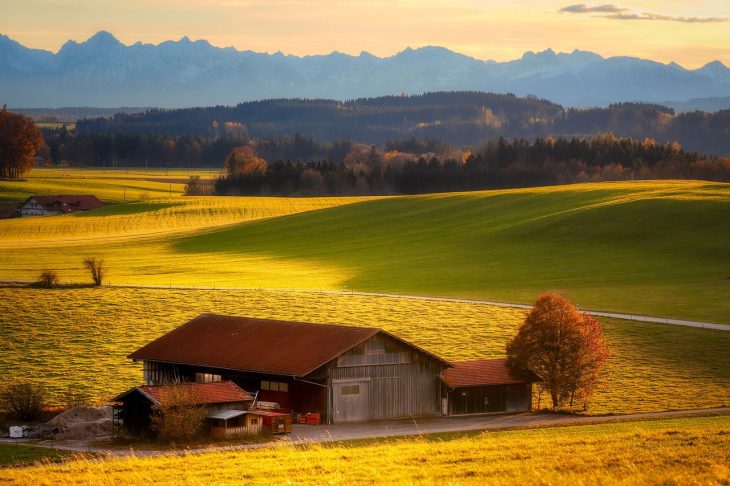
Image by Albrecht Fietz from Pixabay
Dreaming of a simpler life? Starting a homestead may just be the answer. Whether you’re looking to grow your own food, live a more sustainable life, or simply escape the rat race, homesteading is becoming the fastest growing lifestyle for young and old alike. Not sure where to start? Check out LandCentral’s Homesteading 101: Step-By-Step Beginner’s Guide:
Step 1: Define Your Goals
Before you dig in (literally), take some time to clarify what exactly you want out of your new homestead. Most homesteads include growing your own food. But this can be something as small as a vegetable garden all way up to the livestock that ends up as meat on your plate. The same thing goes with energy. Do you want to go completely off-grid with a well and solar panels or keep with convenience and stay slightly hooked up. Once you define how far you want to go into your homesteading journey you’re ready for the next step.
Step 2: Choose the Right Location!
Location is perhaps the most important thing to consider when planning your homestead. Consider factors like climate, soil quality, water availability, local zoning regulations, how close you are to a city, etc. You’ll want an area with enough space for your plans and the community to support it. Once you find the perfect land, it’s time to get started!
Don’t forget the paperwork! There’s a lot of behind the scenes legal stuff to tend to on this journey. Learn how to navigate it here.
Step 3: Plan Out Your Infrastructure
Now to the boring stuff. This varies on whether or not your homestead comes with an actual house on it or if you’re building one from scratch. But in any case, you’ll want to plan out what you need and where you’ll put it. This includes designing your garden layout, building animal shelters, setting up water systems (like wells or rainwater), and considering energy sources (solar panels, wind turbines). With a detailed map, you can now put action behind it.
Step 4: Start Small
Don’t try to do everything at once. Start with manageable projects and expand as you gain experience and confidence. Rome wasn’t built in a day, and neither is a homestead. Begin with a small vegetable garden. Learn how to grow each plant from seed to harvest. This will lead to the need for more skills like canning/jarring as well learning how to dry herbs and bake pies. Take your time and do it right.
Learn How to Raise Chickens for Beginners.
Step 5: Embrace Self-Sustainability
Now that you’re on your way into your homesteading journey, it’s time to get serious about sustainability. A true homesteader will practice sustainable farming like composting, crop rotation, and integrated pest management to improve soil fertility and reduce reliance on chemicals. Learn about the specific needs of each plant and animal species you choose to raise. The more you know, the more you do, and the quicker your reliance on the grip falls away.
Step 6: Stay Flexible and Adaptable
Nature is unpredictable, and homesteading requires flexibility. Be prepared to adjust your plans based on weather conditions, unexpected challenges, or new opportunities that arise. Learn from setbacks and celebrate successes along the way. Remember, part of the homesteading journey is turning away from convenience for a richer, quality of life.
Homesteading is a lifestyle choice. It should bring you joy and fulfillment. Take time to appreciate the natural beauty around you, savor the fruits of your labor, and embrace the slower pace of life. But it’s also a huge undertaking and isn’t for everyone. If you’re dreaming of a rural escape without the commitment, check out these properties from LandCentral. Ideal for those weekend getaways.